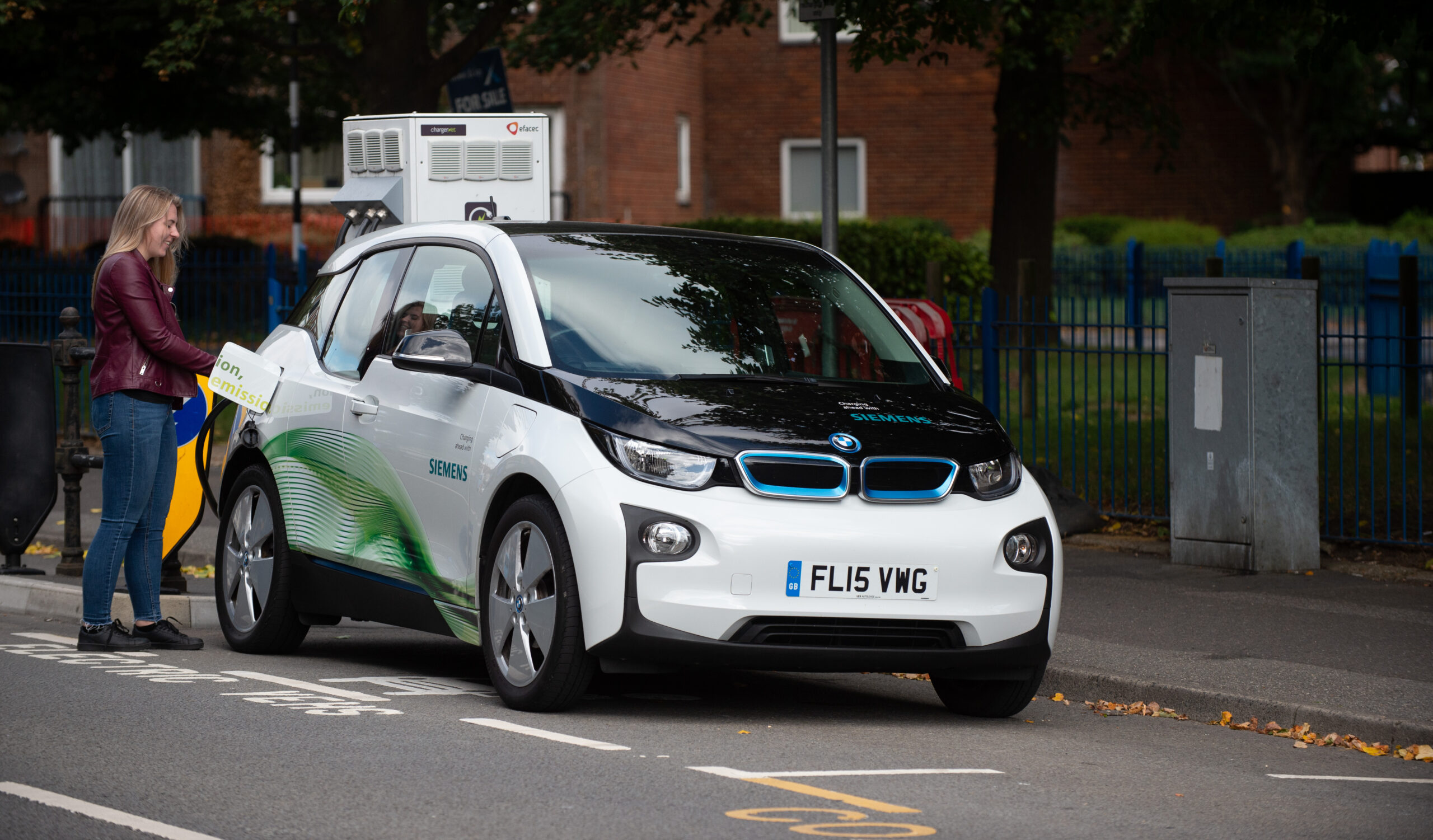MBSE and circular economies

A common idea when discussing a transition towards more sustainable products, manufacturing, and end-of-life is that of circular economies. The basic principle is removing as much waste as possible from the lifecycles of different products. How that comes about is just as complex and diverse as any problem spanning any industry, let alone all of them. For a manufacturing supplier, it might mean eliminating wasted materials during manufacturing so that as much raw material as possible is used for the intended purpose. But possibly the biggest need is in the latter half of traditional linear economies – how products are decommissioned. Instead of throwing out or incinerating the material after passing through a single usage life, it is reused, restored, or recycled. But getting there needs cooperation with every step of the value chain and new business models to make everything a viable alternative beyond environmental responsibility. Model-based systems engineering provides that communication to circular economies profitable.
Working towards circularity
The straight line described above is more hyperbolic than fact, while some products do still rely on virgin materials many rely on recycling to some extent. Steel and asphalt are two of the most recyclable materials and can be reused over and over with little degradation. But many other, predominantly plastics, can only be down-cycled – the original material properties cannot be reattained and are instead made into a simpler product. A great example of this process is using old running shoes or tires to create surface materials for tracks and playgrounds. This is a good step towards circularity, instead creating an attenuated spiral, but it still requires an input of material at the start of the use structure.
For some products, constant material input is not a problem for sustainability, they can rely on an ethically sourced and sustainable material – think algae, kelp, hemp, and other organic materials. This will be impossible for the lithium batteries used in nearly every corner of our globalized economy, it is a finite resource. But it’s the same for almost any mineral material used our modern world, cobalt and graphite are two prime examples from just the automotive and transportation industry’s focus on electrification. There are businesses being developed around using lithium batteries in secondary lives after electric vehicles, but eventually the battery structure degrades beyond usability and need to be dealt with and the recycling infrastructure is still in its infancy.
MBSE practices can help a business reduce the material used today through process and performance optimizations. And provided enough information is available from suppliers, the environmental impact can be estimated, simulated, and optimized to meet environmental regulations, financial performance goals, or any number and combination of product requirements.
Creating the material loops
Even making the assumption the technology is available to reuse, restore, or recycle a product like lithium batteries, a marketplace needs to be established to get materials where there are needed. For reuse of batteries, this could come about with a intermediary that collects spent batteries from automotive applications and resells them to customers that do not require the initial voltage range of the original product. Such a business would rely heavily on product data to match sellers and buyers while still meeting the product requirements of the secondary application. MBSE provides this level of communication between manufacturers and suppliers, making it almost into a traditional supplier relationship, but product specifications stem from previous lives rather than manufactured specs.
To ream more about how the battery market is being transitioned towards a circular approach, a recent article from the EE Times – The Life Cycle of the EV Battery – provides some great insights on the problem at hand and how some companies are looking to change up the status quo. But if you are looking for information on model-based systems engineering, we have a landing point to read about the benefits and many different applications across a variety of industries. The trough line through all of these stories is that the complexity of today’s economies is already too high to meet schedules without the best solutions, let alone throwing in the growing pressures for sustainability and feature sets for products.
Siemens Digital Industries Software is driving transformation to enable a digital enterprise where engineering, manufacturing and electronics design meet tomorrow. Xcelerator, the comprehensive and integrated portfolio of software and services from Siemens Digital Industries Software, helps companies of all sizes create and leverage a comprehensive digital twin that provides organizations with new insights, opportunities and levels of automation to drive innovation.
For more information on Siemens Digital Industries Software products and services, visit siemens.com/software or follow us on LinkedIn, Twitter, Facebook and Instagram.
Siemens Digital Industries Software – Where today meets tomorrow


